SEO
-

Semantic SEO: A Strategy to Boost Rankings
Semantic SEO is essential for effective digital marketing, focusing on comprehensive content rather than mere keyword stuffing. It emphasizes understanding user intent, creating in-depth guides, and addressing common queries. By using structured outlines and including related keywords, websites can enhance relevance and rank higher in search results, ultimately improving user engagement and satisfaction.
-
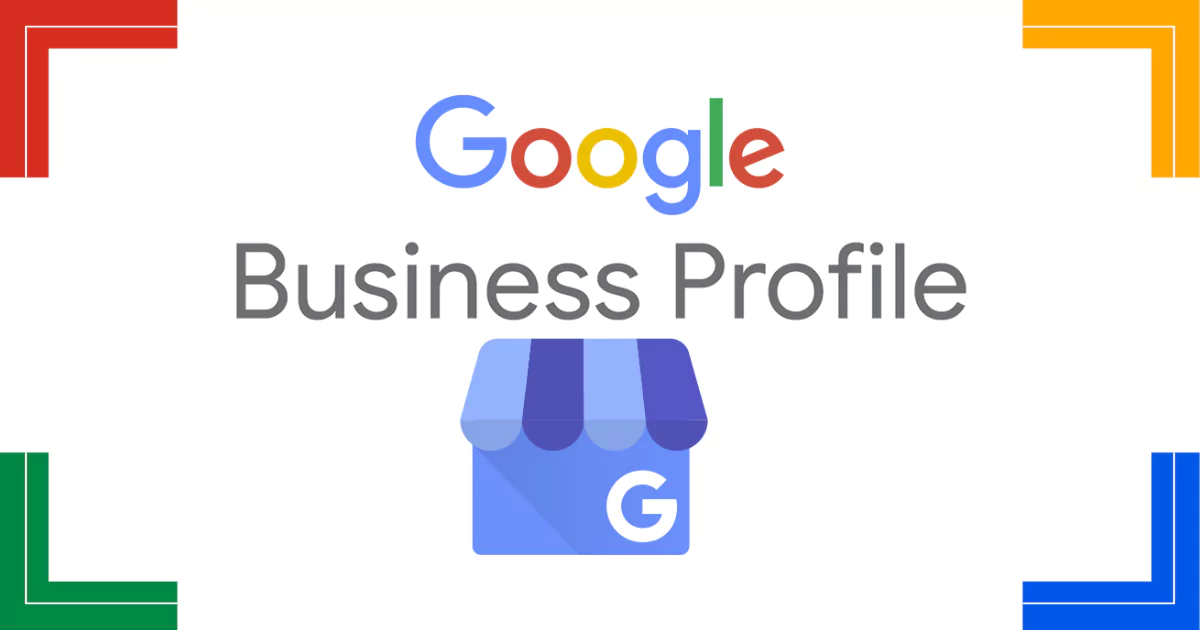
What is Google Business Profile? 7 Major Tips for Businesses
Google Business Profile, previously Google My Business, helps companies create detailed business profiles on Google Search and Maps. Optimizing this profile boosts customer engagement, organic search results, and local SEO rankings. Steps include ensuring NAP consistency, filling in business categories, adding high-quality photos, using attributes, staying active with posts, and responding to reviews.
-

Technical SEO: Understanding How Ranking and SERPs Works
This article delves into how search engines work, focusing on search queries, ranking algorithms and trends, and search engine results pages (SERPs). It emphasizes the importance of aligning content with user intent, understanding Google’s algorithms, and maximizing visibility through diverse search result formats. The core focus remains user experience-centered.
-
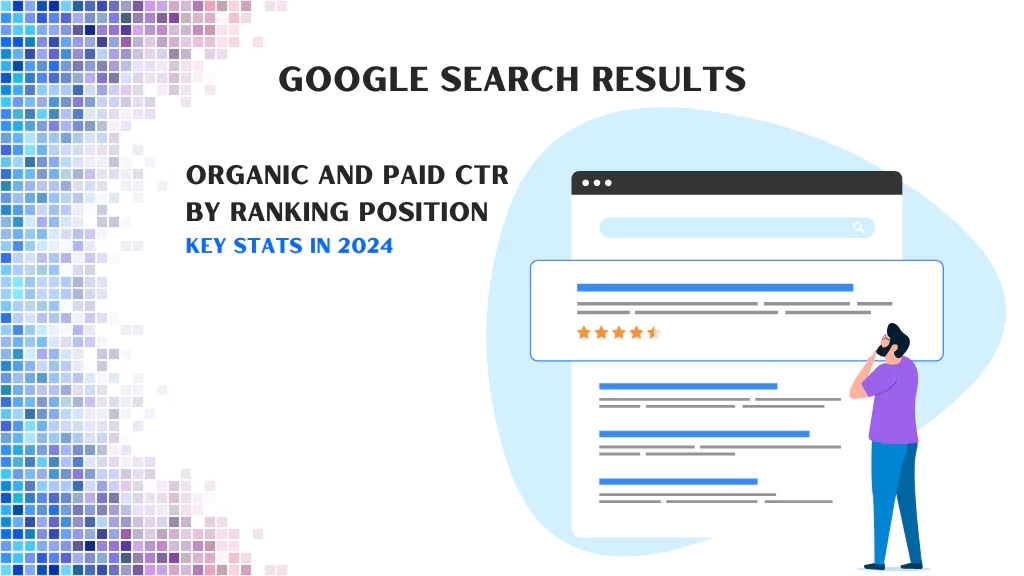
Ranking Position by Google Click-Through Rates in 2024
Understanding Google Click-Through Rates (CTR) by ranking position is crucial for SEO in 2024. First Page Sage’s report highlights the impact of different positions in search engine results. The dominance of the top position, the drop after the first position, and the effects of special search results underscore the importance of optimizing for CTR.
-

AI Impacts On SEO: What Are the Pros and Cons?
AI’s impact on SEO is wide-ranging. While it enhances search intent, semantic search, and raises content quality standards, it also lowers the threshold for content generation and increases competition. User behavior shifts towards AI-based search engines may reduce traditional search traffic, but also create new opportunities. Innovating and staying agile is crucial in this evolving…
-
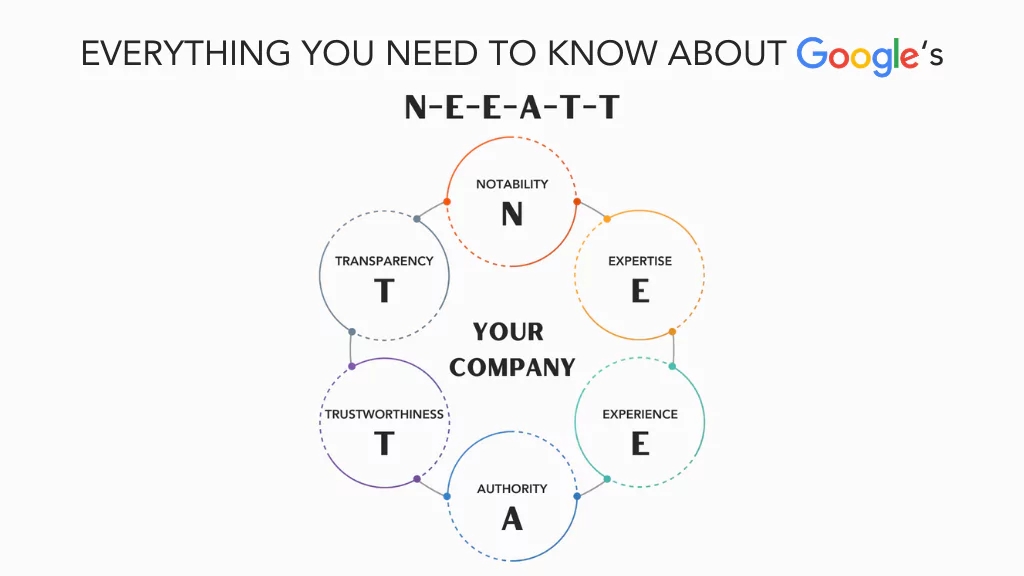
NEEATT: What Does the N and T Stands For?
N-E-E-A-T-T is a new standard for SEO, further subdividing E-E-A-T elements for detailed website quality evaluation. It introduces “Notability” and “Transparency” as key factors. Understanding N-E-E-A-T-T allows for more effective SEO measures, focusing on increasing notability and transparency for high-quality content.
-
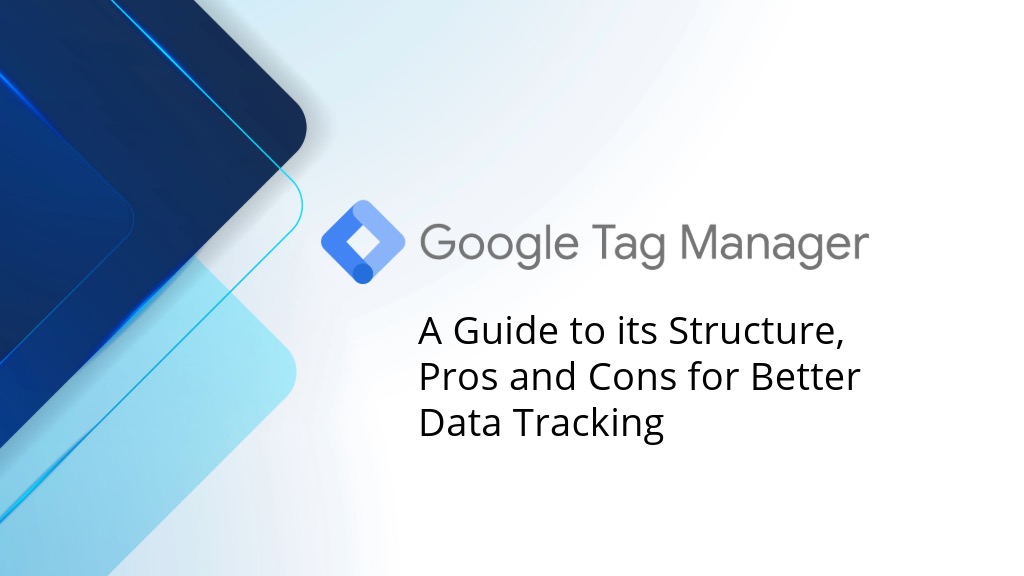
Google Tag Manager: Structure, Pros and Cons in Tracking
Google Tag Manager (GTM) is a revolutionary, powerful free code deployment tool that aids marketing professionals to better data tracking and reduced dependencies on many facets. You’ll find the pros and cons of GTM and its structure in this article helpful for your marketing journey.
-
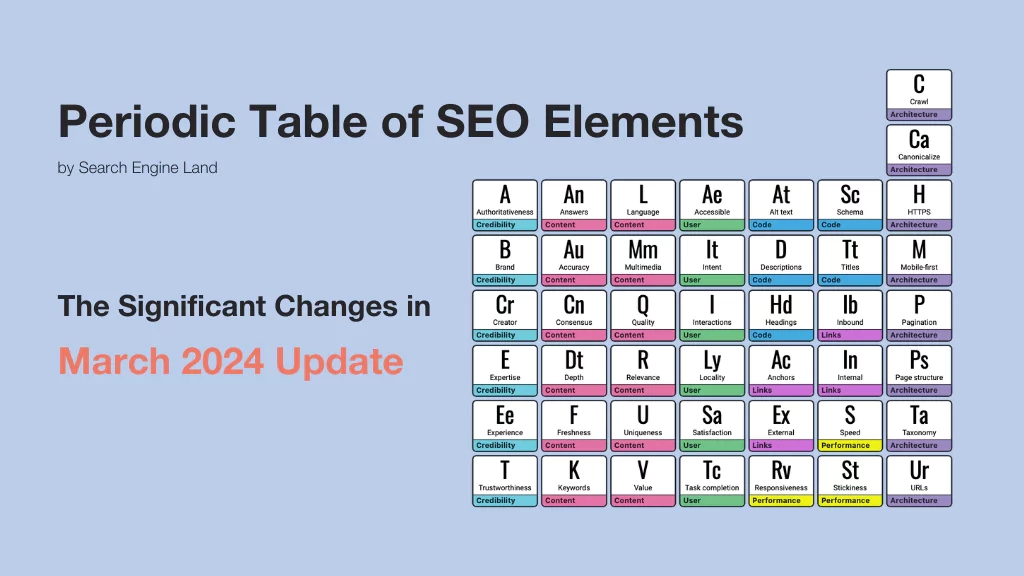
Periodic Table of SEO: Thoughts on the 2024 Elements Update
The Periodic Table of SEO Elements by Search Engine Land is something that everyone should know about, and this year’s update introduced some major overhaul and represented the current SEO practices, and my thoughts on the changes and the key to SEO.
-
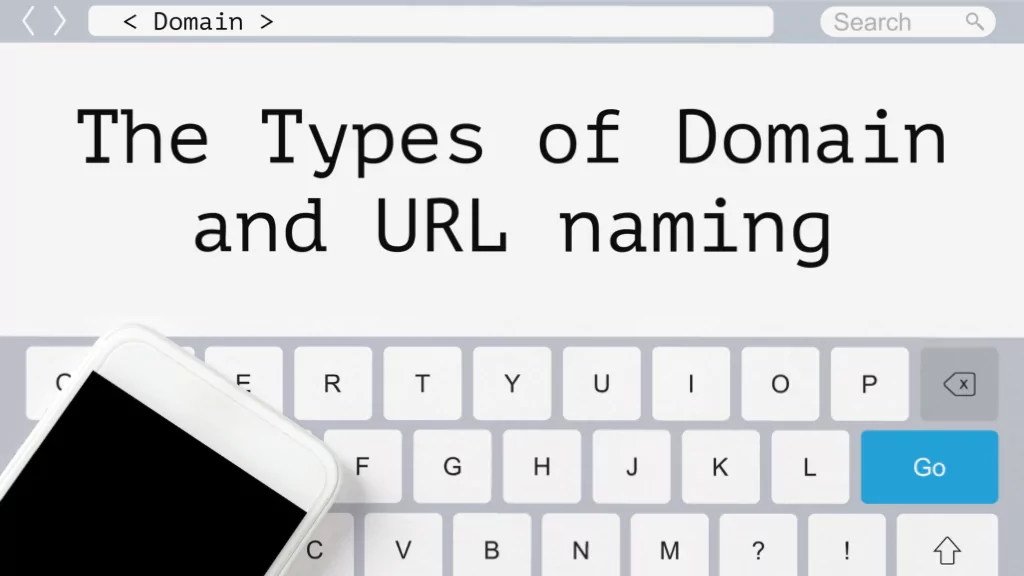
4 Types of Top-Level Domain and 3 URLs Naming Tips
The naming of a URL or domain is crucial for SEO rankings. It’s important to keep URLs short, avoid using pure numbers or numbers at the end, and refrain from using Chinese naming. The choice of top-level domains (TLDs) also plays a significant role in SEO.
-

2024 Marketing Prediction: AI Data May Be the Key to Better Retargeting Approach
In the evolving digital marketing landscape, integrating AI data is revolutionizing customer engagement and traffic acquisition. By leveraging AI product tags and insights, companies can refine their SEO and advertising strategies for precise targeting, enhancing campaign effectiveness. In a cookie-less world, adopting AI-driven strategies is crucial for staying competitive.
-
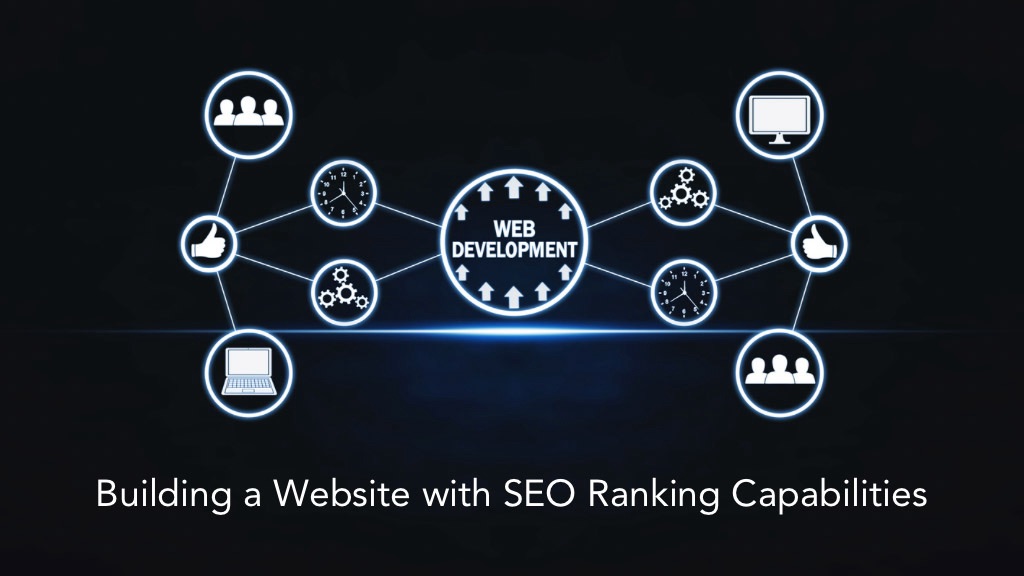
Building a SEO Ranking Capable Website
If anyone ever says they know web development but doesn’t know SEO, I highly doubt it counts as knowing web development. SEO and SEO capable Website is the foundation of digital marketing.
